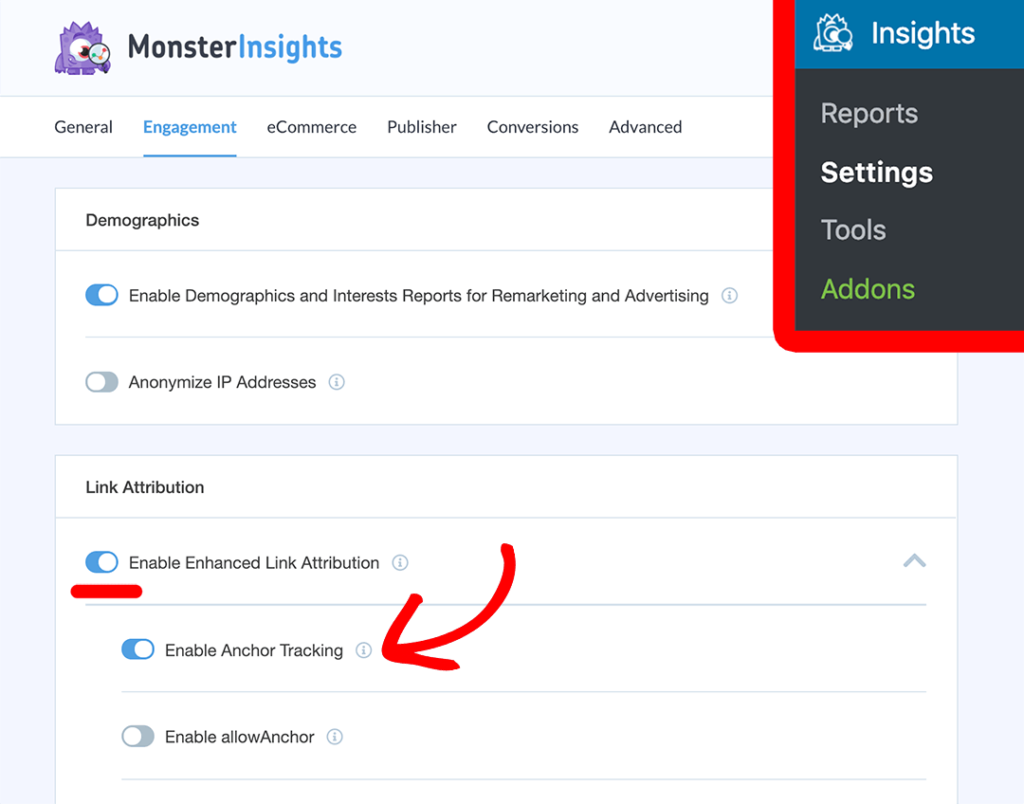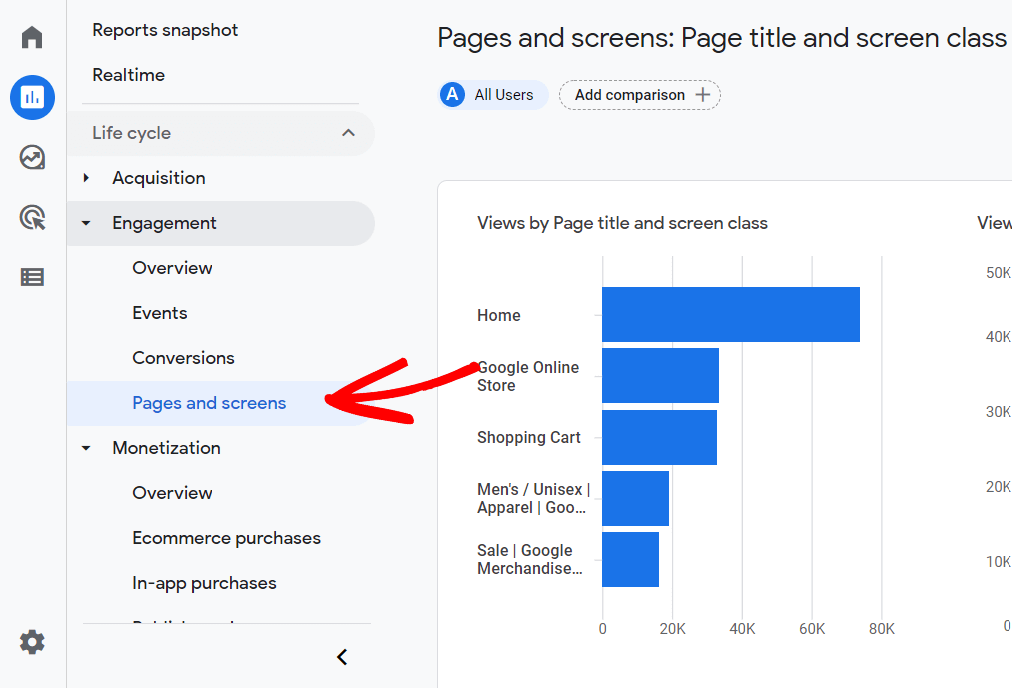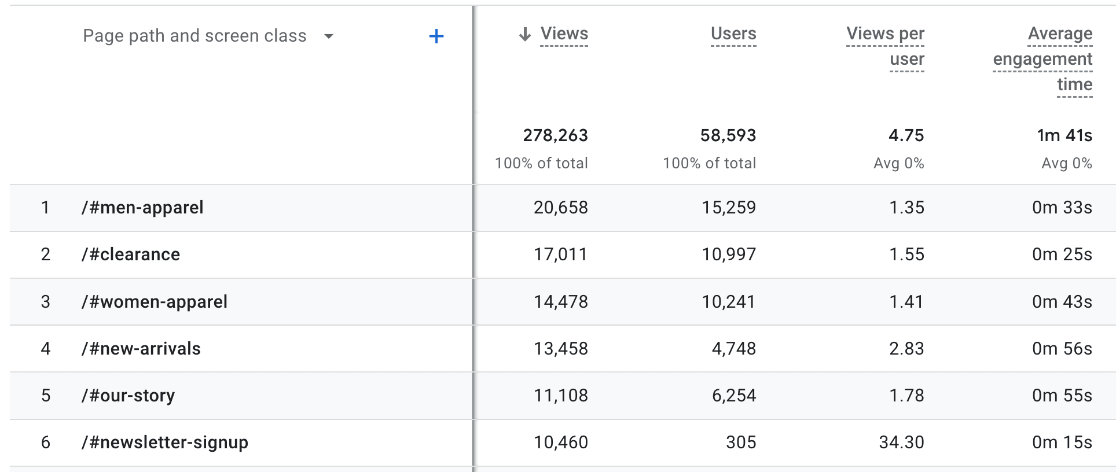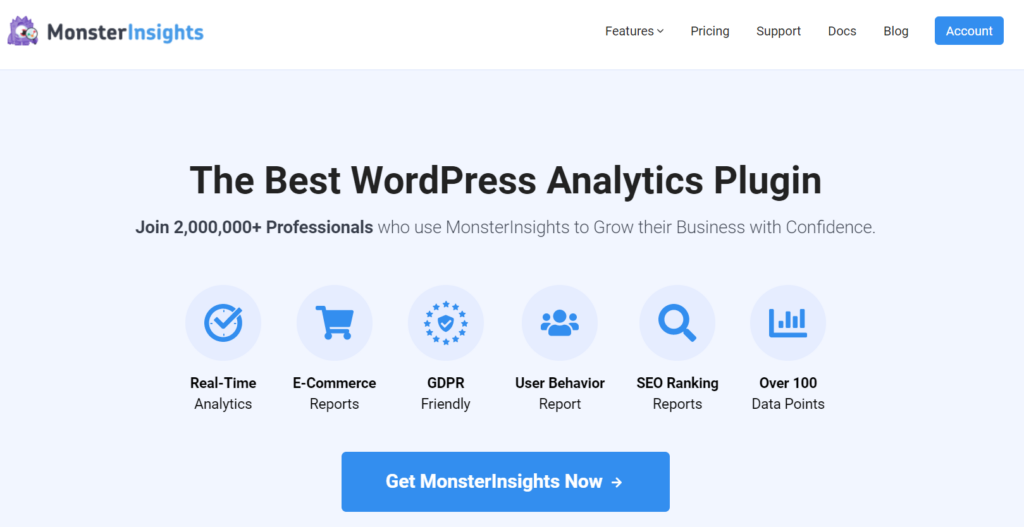Want to see pageviews and other data about how visitors interact with your one-page website in Google Analytics?
With the right setup, you can easily track your single-page site in Google Analytics just like any other website. Sadly, Analytics doesn’t track pageviews by default on sites that have content on a single page.
But, there is a way you can see pageviews separately for your website content, and it’s really simple to set up!
In this article, we’ll show you how to track pageviews on a one-page website in Google Analytics.
Why Track Pageviews on a One-Page Website?
Having a single-page website has a lot of benefits over a multi-page site. With a single-page site, your visitors don’t have to explore different pages by making multiple clicks. Instead, they can conveniently read your entire content in one place.
On the flip side, the main drawback of running a single-page site is that a basic Google Analytics setup doesn’t tell you how visitors interact with your site and what content they view during their visit.
If you’re using a parallax or a single-page theme that uses anchor tags in the main menu, you can track clicks to those anchor tags to figure out how your visitors are engaging with your site.
Once the tracking is enabled, Google Analytics will start tracking the clicks on your menu as pageviews. Ready to learn the steps to enable anchor link tracking?
Video Tutorial
Don’t want to go through the video? Check out our written tutorial for more details.
How to Track Pageviews on a Single-Page Site
With MonsterInsights, anchor link tracking is super easy. You’ll just need to enable a feature, no need to touch a single line of code.
Let’s take a look at how you can set up anchor link tracking using MonsterInsights.
Step 1: Install MonsterInsights WordPress Plugin
The first thing you need to do is install and activate MonsterInsights on your site. It’s the best Google Analytics plugin for WordPress that automatically adds tracking code and lets you set up advanced tracking features without editing any tags or code.
With MonsterInsights, you also get access to tons of other Google Analytics features and sophisticated tracking in only a few clicks, such as:
- Custom dimensions
- Social media and referral tracking
- Advanced form tracking and integration with popular form builders like WPForms, GravityForms, Ninja Forms, Formidable Forms, and more.
- Advanced content and author tracking
- Outbound and affiliate link tracking
- Video play tracking
- And more…
To get started, grab the MonsterInsights license level that works best for you. You’ll need to install and activate the plugin. Next, connect Google Analytics with MonsterInsights.
You can simply follow the steps provided by the setup wizard, and you’ll be tracking your visitor’s behavior in no time.
For more detailed instructions with this step and how to install the plugin, head to How to Add Google Analytics to WordPress the Right Way
Step 2: Enable MonsterInsights Enhanced Link Attribution
The next step is to enable anchor link tracking in MonsterInsigths.
In your WordPress dashboard, go to Insights » Settings » Engagement. Then scroll down to the Link Attribution section and click to toggle on Enable Enhanced Link Attribution and Enable Anchor Tracking.

Once you’re done, don’t forget to select the Save Changes button in the top right.
That’s all there is to it! You can now successfully see how visitors interact with your one-page website.
Now, let’s see how you can see pageviews for your one-page website in Google Analytics.
Step 3: View Pageviews for Your Single-Page Site in Google Analytics
Once anchor link tracking is set up on your WordPress site using MonsterInsights, you can see how your different anchor content is performing in Google Analytics.
From your Google Analytics account, navigate to Reports » Engagement » Pages and screens.

Scroll down to the table in your Pages and screens report. Use the drop-down menu at the top of the table to view by Page path and screen class.
Now, you’ll be able to see all of the anchor paths for your single-page website as if they were separate pages. In the second column, easily see your pageviews.

If you’d like to only view anchor links, you can use the search bar and type a hashtag (“#”).
That’s it, you can continue tracking your single-page website traffic the same way you would for a multi-page site!
If you enjoyed this article, check out How to Track Top Selling Products in Google Analytics next.
Not using MonsterInsights yet? What are you waiting for?
Don’t forget to follow us on Twitter, Facebook, and Youtube for the best WordPress tutorials and Google Analytics updates.

